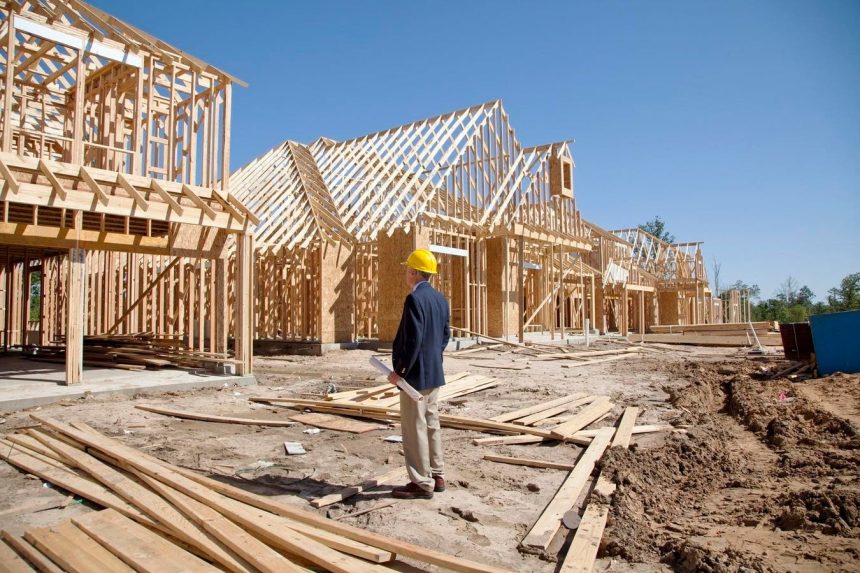Homebuilders continue to create one-family homes at a good pace, and homebuilder stocks continue to look attractive to investors. And yet, when asked, homebuilders say the market is just so-so. Today’s release of the latest National Association of Homebuilders survey shows the picture:
The survey results
Homebuilders are asked to judge three items: (1) the current environment, (2) the 6-month future market, and (3) the current amount of potential homebuyer traffic. All three items weakened. This table shows the history of the monthly data back to pre-Covid 2019. In addition, the median and average monthly results are shown for the complete pre-Covid history (1985 through 2019).
The third measure, traffic of prospective buyers, is especially noteworthy because there is a direct link to sales. The graph below shows the monthly data for each Covid period year. This year’s rollover sets the stage for June 2024 to fall below all years.
The high inventory of new homes for sale
Homebuilding is challenging. It requires having a not-too-big and not-too-small inventory of finished homes (inventory). Looking at the available pre-Covid history (1985 through 2019) shows an average inventory of homes for sale as about six months of seasonally adjusted sales.
What throws that goal off is a higher or lower than expected sales period. Especially troublesome is a fast and/or deep drop in sales that creates excess inventory. Price drops and production cuts are the usual cures.
On the flip side is an unexpected jump or extended uptrend in sales. Naturally, those are happy days, but they can lead to excess inventory when sales eventually slow. A good example is 2020 in the graph below. The early Covid shutdown suddenly reversed for new home buyers.
Note the drop in inventories as sales rose significantly. Afterwards, as sales drifted down, higher interest rates hit sales. Then, with sales settling at a lower level, homebuilders first rebuilt their inventories. But then they kept on, pushing inventories higher than normal (to about eight times sales). So, what comes next? Reduced building or a significant rise in new home buying?
The 7% mortgage rate
Lenders and borrowers have gotten accustomed to 7% 30-year mortgages. However, two factors make that rate a problem even for willing homebuyers. First, that higher cost comes at a time when consumers are dealing with inflation that has raised prices over 20%. Second, many homeowners who would like to move into a new home are enjoying a currently lower mortgage rate. The increase to 7% can be an unacceptably high financial hurdle.
The bottom line: These “issues” need time to rectify
Those homebuilding issues above would seem to cause homebuilders to cut back homes-for-sale inventory and shareholders to decrease homebuilder holdings. However, this situation has continued for many months.
Therefore, a trigger event likely needs to occur. It does not have to be dramatic like a recession. It could be homebuilders matching their activities to their survey attitudes. Or it could be investors deciding that there are better stocks to hold.
Read the full article here
















